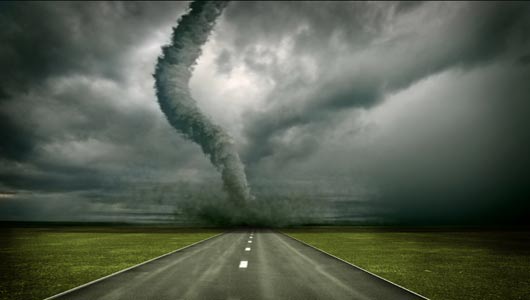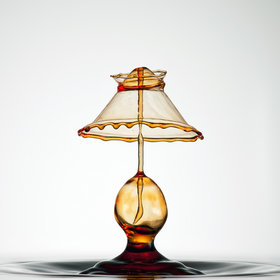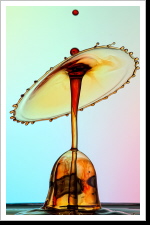 Opportunities multiply as they are seized.
Opportunities multiply as they are seized.
There has never been a protracted war from which a country has benefited.
Let your plans be dark and as impenetrable as night, and when you move, fall like a thunderbolt.
All warfare is based on deception. Hence, when able to attack, we must seem unable; when using our forces, we must seem inactive; when we are near, we must make the enemy believe we are far away; when far away, we must make him believe we are near
.
Thus, what is of supreme importance in war is to attack the enemy's strategy.
 Know your enemy and know yourself
Know your enemy and know yourself and you can fight a hundred battles without disaster.
and you can fight a hundred battles without disaster.
Can you imagine what I would do if I could do all I can?
The art of war teaches us to rely not on the likelihood of the enemy's not coming, but on our own readiness to receive him; not on the chance of his not attacking, but rather on the fact that we have made our position unassailable.
 For to win one hundred victories in one hundred battles is not the acme of skill. To subdue the enemy without fighting is the acme of skill.
For to win one hundred victories in one hundred battles is not the acme of skill. To subdue the enemy without fighting is the acme of skill.
The opportunity to secure ourselves against defeat lies in our own hands, but the opportunity of defeating the enemy is provided by the enemy himself.
If you are far from the enemy, make him believe you are near. If you are near, make him believe you are far.
The good fighters of old first put themselves beyond the possibility of defeat, and then waited for an opportunity of defeating the enemy.
Pretend inferiority and encourage his arrogance.
He who is prudent and lies in wait for an enemy who is not, will be victorious.
Be extremely subtle, even to the point of formlessness. Be extremely mysterious, even to the point of soundlessness. Thereby you can be the director of the opponent's fate.
It is essential to seek out enemy agents who have come to conduct espionage against you and to bribe them to serve you. Give them instructions and care for them. Thus doubled agents are recruited and used.
are recruited and used.
If you know the enemy and know yourself, your victory will not stand in doubt; if you know Heaven and know Earth, you may make your victory complete.
![]() makes the following claim in an article titled,
makes the following claim in an article titled,![]()

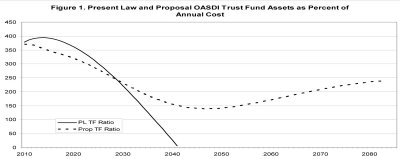
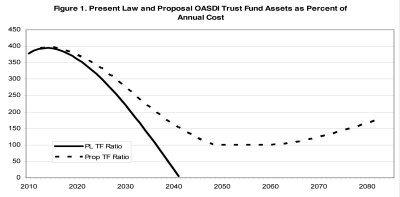


















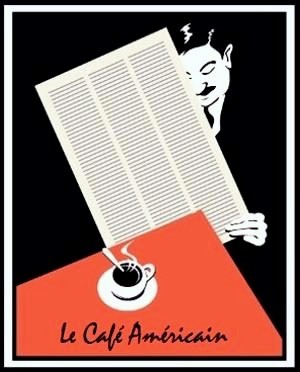






















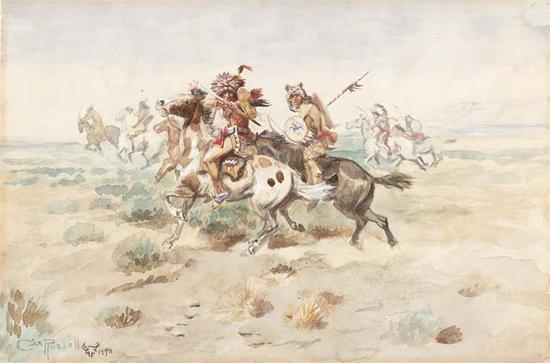

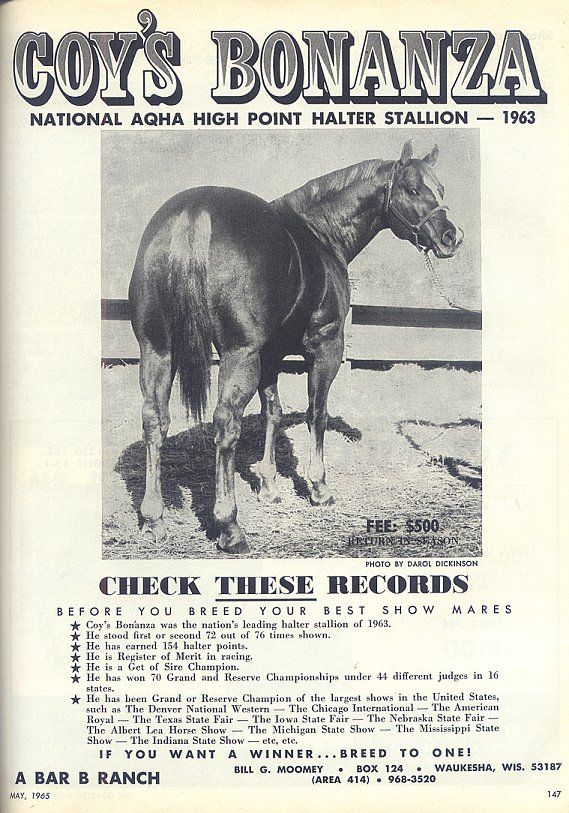
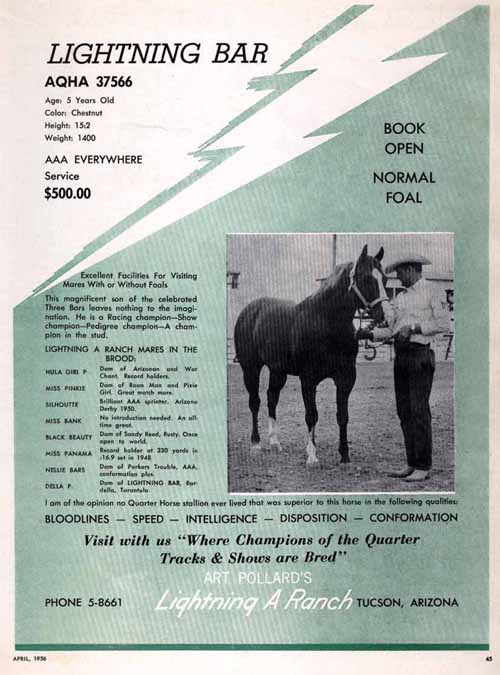

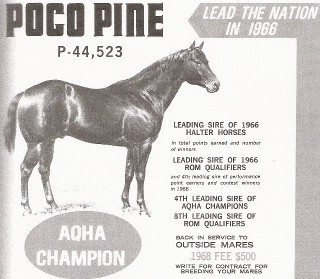

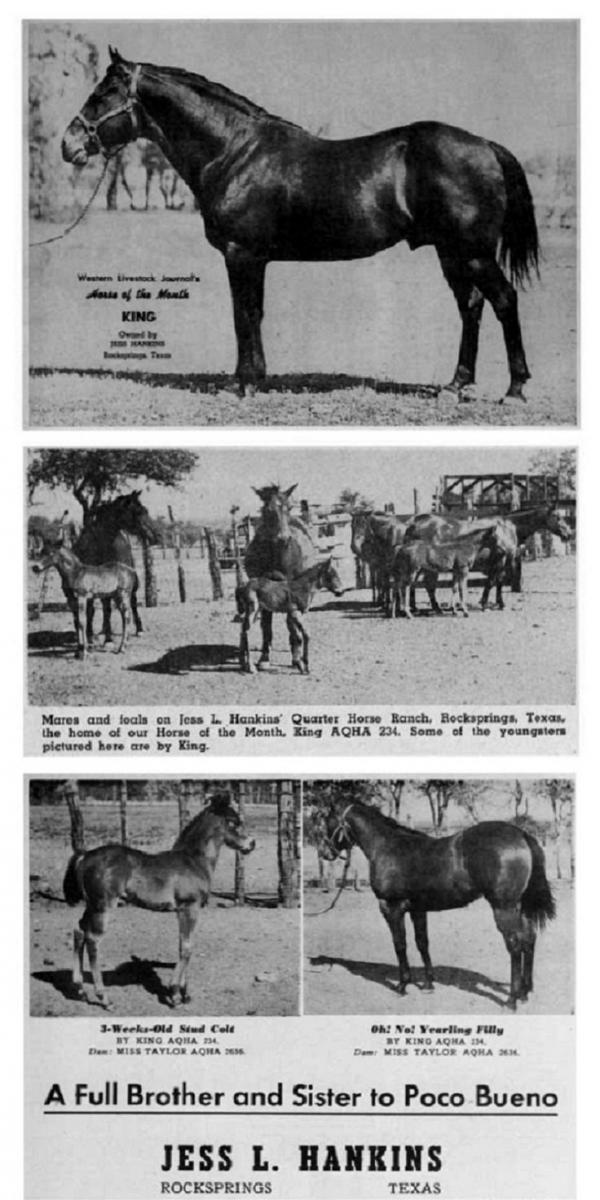

![[Most Recent Quotes from www.kitco.com]](http://www.kitconet.com/charts/metals/gold/t24_au_en_usoz_2.gif)


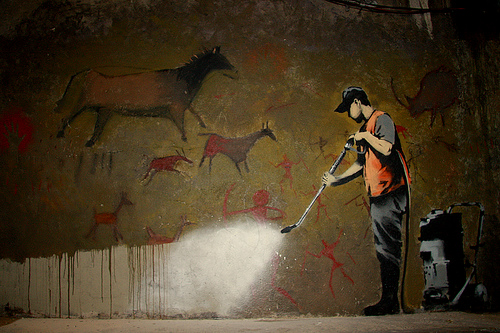

![[Most Recent Quotes from www.kitco.com]](http://www.kitconet.com/charts/metals/silver/t24_ag_en_usoz_2.gif)

